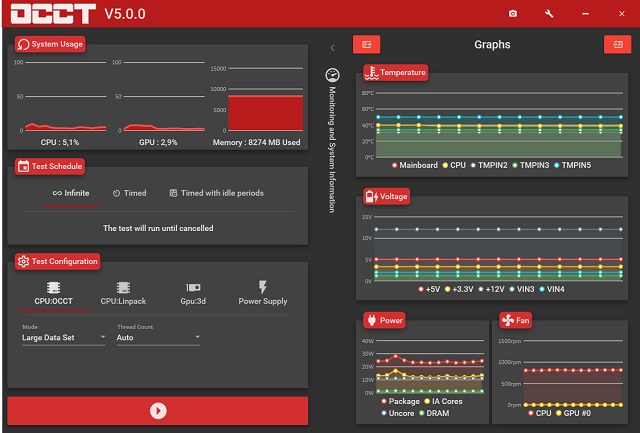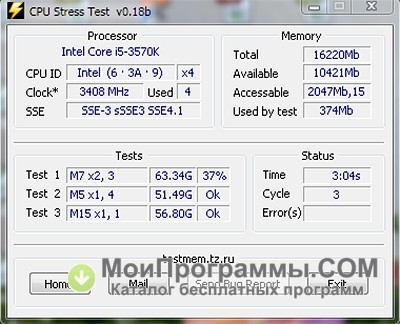

The output will display the number of CPU cores in your system. To find out the number of CPU cores, run:

This information is important because you need to specify the number of threads to be used by the Stress tool. Open the terminal by pressing Ctrl + Alt + T on your keyboard or by searching for it in the applications menu.īefore you can start the stress test, you need to determine the number of CPU cores in your system. S-TUI also has the ability to stress-test the CPU by increasing its utilization to simulate a heavy load. It presents this information in a simple, user-friendly terminal interface. S-TUI (short for “Simple Terminal UI for monitoring your computer”) is a command-line tool that provides real-time monitoring of the system’s CPU temperature, frequency, and utilization. It is commonly used by system administrators to test the stability and reliability of servers and other critical systems. This tool can be used to test the stability of a system by stressing the CPU, RAM, and disk I/O. Stress is a simple command-line tool that is used to simulate high CPU and memory usage on a system. Stress and S-TUI are two Linux command-line tools used for monitoring and stress-testing the system’s CPU and other hardware components.
#Ope source cpu stress test widows how to#
In this guide, we will explain how to stress test your CPU from the command line on Linux using Stress and S-TUI. Fortunately, Linux offers several tools to stress test your CPU, including the Stress tool and S-TUI utility. Stress testing your CPU is an essential task that can help you identify potential issues and ensure your system is stable and reliable under heavy workloads.


 0 kommentar(er)
0 kommentar(er)
